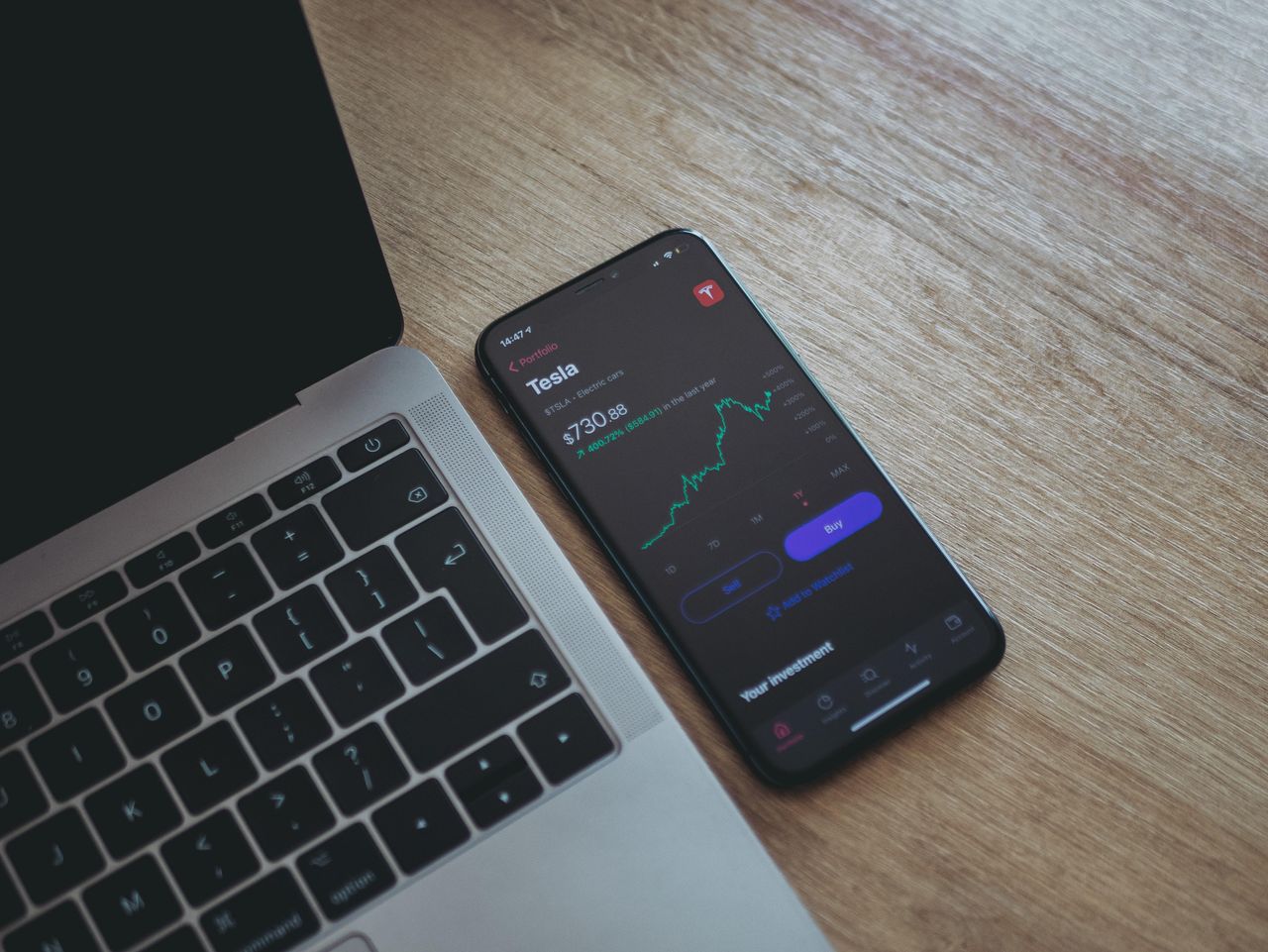Future Returns: Millennials and Sustainable Investing
Millenials are more eager than any group to invest funds sustainably according to their value.
They’re about to inherit a US$30 trillion wealth transfer, and more eager than any group to invest funds sustainably according to their values. But millennials are still the biggest believers that doing so means facing a financial tradeoff, says a new report.
Last month, Morgan Stanley’s Institute for Sustainable Investing published its fourth Sustainable Signals white paper, which surveyed 800 American individual investors 18 and over with minimum investable assets of US$100,000. Just over a quarter were millennials aged 25-38.
The findings show sustainable investing interest is reaching new levels, even with the economic uncertainty caused by the Covid-19 pandemic. Millennial interest in sustainable investing grew by four points to 99%, compared to a six point decline to 79% among the general population.
Yet there’s a paradoxical finding: Despite record levels of interest, more millennials—83% opposed to 70% in the general population—believe the debunked “trade-off” myth that sustainable investing means sacrificing returns.
For Matt Slovik, head of global sustainable finance at Morgan Stanley, it was one of the most interesting findings of the survey.
“This shows that if you look at the percentage of millennials that are interested in sustainable investing, there’s a real desire and recognition that finance can do more,” Stovik says. “And there’s more to finance than simply focusing on the return aspect.”
Morgan Stanley found no trade-off between financial performance between sustainable and traditional U.S. equity funds between 2004 and 2020, and as millennial investors become more educated and move into this investing arena they have the power to transform it.
Slovik spoke to Penta about some of the most surprising insights the survey unearthed about millennial investors.
New Face of Financial Consumption
“There’s a desire to consume finance in many of the same ways that millennials and others have really taken to clothing and food and other things in their lives,” Slovik says. Just as millennial investors ask questions about impact, sourcing, and production when shopping for themselves, they’re starting to look at their portfolios with a similar fine tooth comb. “I think that the finance and the integration of sustainability considerations is a natural evolution outgrowth of that trend.”
Slovik said multiple factors contribute to these changing habits, from the way millennials drive consumption, to where they were in life during the financial crisis, to the impacts they’re seeing from climate change.
“All of that really informs the fact that the data seems to suggest that they’re thinking holistically and more broadly about their investments than I think we’ve seen broadly and historically,” he says.
Greenwashing Won’t Cut It
It’s not just that millennial investors are looking for key data, there’s a higher watermark for what they find. Millennial investors have more sophisticated demands for what it means to do environmental or sustainable good, and lower tolerance for greenwashing, where companies make green claims that aren’t backed up through practices.
Sustainable Signals uncovered a growing concern over how authentic a firm’s ESG activities are. On a question about barriers to including sustainable investing for individuals the second place answer was brand new to this year’s survey: “concerns about authenticity or greenwashing.” (A third, also new, was “lack of tools to measure sustainable impact.”)
“As the market has evolved and matured, investors are focused on understanding what it is that they’re getting,” Slovik says. Though he says we’re entering a clear “data age of ESG” investing, thanks to increasing disclosures from companies and a growing number of data providers, he adds this is still in early days.
Among the resources available to investors, he says, is Morgan Stanley’s own Impact Quotient (or IQ) program that helps provide additional transparency for clients on over 100 environmental or impact preferences.
“As people are better able to understand the impact or exposure or alignment of their investments, you’re also seeing a desire to bring those in line with personal or organizational mission and goals,” Slovik says.
Money Follows Social Movements
Though climate change is still a top concern for millennial investors, there’s evidence that their definition of sustainability is expanding.
“Millennials are looking for more out of finance, and I think this idea of sustainability really does connect with the way that they seem to see the world more broadly,” Slovik says. Two things which have impacted that world view recently have been the pandemic and the racial justice movement.
The pandemic shifted investors’ thematic priorities when it comes to sustainability. Covid-19 led millennials to a heightened interest in addressing public health through their investment activity (69% of millennials compared to 61% of the general population) as well as supporting small businesses (68% to 61% of the general population).
Millennials believe their money has the power to change. The previous Sustainable Signals paper noted 85% of millennials believe their investments could influence climate change, and 89% that their investments could lift people out of poverty.
The 2021 report also finds 75% of millennial investors have made or plan to make investment changes within 12 months in response to racial justice movements. Comparatively, only 50% of the general population planned to do the same.
Slovik says this trend has accelerated since last summer, though it existed before. This type of investment shift can include “supporting diverse-owned, or -run asset managers, to thinking about how individual companies may either excel or lag related to racial equity records,” he adds.
Reprinted by permission of Penta. Copyright 2021 Dow Jones & Company. Inc. All Rights Reserved Worldwide. Original date of publication: November 23, 2021.
 Copyright 2020, Dow Jones & Company, Inc. All Rights Reserved Worldwide. LEARN MORE
Copyright 2020, Dow Jones & Company, Inc. All Rights Reserved Worldwide. LEARN MORE
This stylish family home combines a classic palette and finishes with a flexible floorplan
Just 55 minutes from Sydney, make this your creative getaway located in the majestic Hawkesbury region.
Impact investing is becoming more mainstream as larger, institutional asset owners drive more money into the sector, according to the nonprofit Global Impact Investing Network in New York.
In the GIIN’s State of the Market 2024 report, published late last month, researchers found that assets allocated to impact-investing strategies by repeat survey responders grew by a compound annual growth rate (CAGR) of 14% over the last five years.
These 71 responders to both the 2019 and 2024 surveys saw their total impact assets under management grow to US$249 billion this year from US$129 billion five years ago.
Medium- and large-size investors were largely responsible for the strong impact returns: Medium-size investors posted a median CAGR of 11% a year over the five-year period, and large-size investors posted a median CAGR of 14% a year.
Interestingly, the CAGR of assets held by small investors dropped by a median of 14% a year.
“When we drill down behind the compound annual growth of the assets that are being allocated to impact investing, it’s largely those larger investors that are actually driving it,” says Dean Hand, the GIIN’s chief research officer.
Overall, the GIIN surveyed 305 investors with a combined US$490 billion under management from 39 countries. Nearly three-quarters of the responders were investment managers, while 10% were foundations, and 3% were family offices. Development finance institutions, institutional asset owners, and companies represented most of the rest.
The majority of impact strategies are executed through private-equity, but public debt and equity have been the fastest-growing asset classes over the past five years, the report said. Public debt is growing at a CAGR of 32%, and public equity is growing at a CAGR of 19%. That compares to a CAGR of 17% for private equity and 7% for private debt.
According to the GIIN, the rise in public impact assets is being driven by larger investors, likely institutions.
Private equity has traditionally served as an ideal way to execute impact strategies, as it allows investors to select vehicles specifically designed to create a positive social or environmental impact by, for example, providing loans to smallholder farmers in Africa or by supporting fledging renewable energy technologies.
Future Returns: Preqin expects managers to rely on family offices, private banks, and individual investors for growth in the next six years
But today, institutional investors are looking across their portfolios—encompassing both private and public assets—to achieve their impact goals.
“Institutional asset owners are saying, ‘In the interests of our ultimate beneficiaries, we probably need to start driving these strategies across our assets,’” Hand says. Instead of carving out a dedicated impact strategy, these investors are taking “a holistic portfolio approach.”
An institutional manager may want to address issues such as climate change, healthcare costs, and local economic growth so it can support a better quality of life for its beneficiaries.
To achieve these goals, the manager could invest across a range of private debt, private equity, and real estate.
But the public markets offer opportunities, too. Using public debt, a manager could, for example, invest in green bonds, regional bank bonds, or healthcare social bonds. In public equity, it could invest in green-power storage technologies, minority-focused real-estate trusts, and in pharmaceutical and medical-care company stocks with the aim of influencing them to lower the costs of care, according to an example the GIIN lays out in a separate report on institutional strategies.
Influencing companies to act in the best interests of society and the environment is increasingly being done through such shareholder advocacy, either directly through ownership in individual stocks or through fund vehicles.
“They’re trying to move their portfolio companies to actually solving some of the challenges that exist,” Hand says.
Although the rate of growth in public strategies for impact is brisk, among survey respondents investments in public debt totaled only 12% of assets and just 7% in public equity. Private equity, however, grabs 43% of these investors’ assets.
Within private equity, Hand also discerns more evidence of maturity in the impact sector. That’s because more impact-oriented asset owners invest in mature and growth-stage companies, which are favored by larger asset owners that have more substantial assets to put to work.
The GIIN State of the Market report also found that impact asset owners are largely happy with both the financial performance and impact results of their holdings.
About three-quarters of those surveyed were seeking risk-adjusted, market-rate returns, although foundations were an exception as 68% sought below-market returns, the report said. Overall, 86% reported their investments were performing in line or above their expectations—even when their targets were not met—and 90% said the same for their impact returns.
Private-equity posted the strongest results, returning 17% on average, although that was less than the 19% targeted return. By contrast, public equity returned 11%, above a 10% target.
The fact some asset classes over performed and others underperformed, shows that “normal economic forces are at play in the market,” Hand says.
Although investors are satisfied with their impact performance, they are still dealing with a fragmented approach for measuring it, the report said. “Despite this, over two-thirds of investors are incorporating impact criteria into their investment governance documents, signalling a significant shift toward formalising impact considerations in decision-making processes,” it said.
Also, more investors are getting third-party verification of their results, which strengthens their accountability in the market.
“The satisfaction with performance is nice to see,” Hand says. “But we do need to see more about what’s happening in terms of investors being able to actually track both the impact performance in real terms as well as the financial performance in real terms.”
This stylish family home combines a classic palette and finishes with a flexible floorplan
Just 55 minutes from Sydney, make this your creative getaway located in the majestic Hawkesbury region.






















